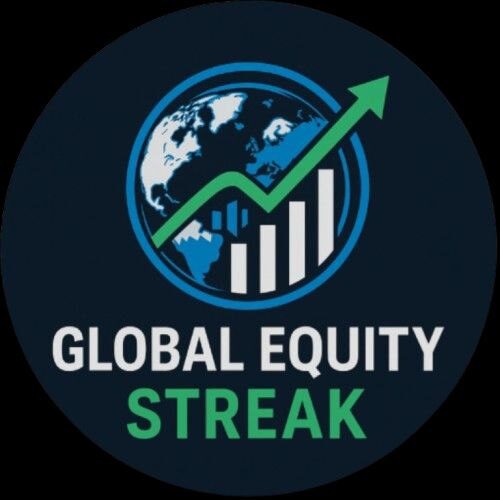Russian GDP growth dropped to 1.4% in the first quarter of 2025:Russia’s wartime economy, once fueled by massive military spending and redirected oil exports, is now showing signs of strain. With GDP growth slowing, inflation surging, car sales plunging, and oil revenues falling short, experts warn that the current growth model is unsustainable. As sanctions tighten and internal pressures mount, is Russia heading toward a financial crisis?
Russian GDP growth dropped to 1.4% in the first quarter of 2025,Sharpest Drop in last 3 years
After two years of impressive wartime resilience, Russia’s economy is beginning to show serious signs of fatigue. Driven initially by record military spending and redirected oil exports, the country had defied early predictions of economic collapse. But now, that momentum appears to be slowing, and analysts are warning that the model sustaining this growth may no longer be viable.
Russia’s GDP growth dropped to 1.4% in the first quarter of 2025, a sharp decline from the 4.5% growth recorded in the previous quarter. Manufacturing activity has contracted at the fastest rate in more than three years, raising red flags across the board. Car sales in June plummeted nearly 30% year-on-year, further underlining a steep decline in domestic demand and production capability.
Top officials in Moscow are now publicly voicing concern. The country’s economy minister has described the situation as a “verge moment,” while the finance minister has called it a “perfect storm” of negative factors. These remarks mark a notable shift in tone from the confident stance the Kremlin maintained in earlier phases of the war.
One of the biggest issues facing the Russian economy is persistently high inflation. In a bid to contain it, the central bank had hiked interest rates to 21%, before beginning to cautiously ease them. However, this aggressive monetary policy has taken its toll on both business investment and household consumption.
Russia’s economic stability remains heavily reliant on energy revenues, but even that pillar is weakening. Oil prices have remained below the budgetary targets set by the government. In June 2025, oil and gas income fell to its lowest level since January 2023, significantly shrinking the state’s revenue stream.
Military and security spending now accounts for 40% of the government’s entire budget, an enormous figure that highlights the extent to which the economy has been reoriented around the war effort. Despite this massive expenditure, the country’s budget deficit is continuing to widen, exposing a growing imbalance.
With Western sanctions tightening and energy revenues under growing pressure, Russia’s financial room to maneuver is becoming increasingly limited. Civilian sectors, in particular, are bearing the brunt of this squeeze. Russia’s largest agricultural equipment manufacturer has begun slashing output, while power grid operator Waseti Cibir is reportedly on the brink of bankruptcy.
In response, the central bank is now considering additional interest rate cuts to reduce the strain on the economy. However, there’s a growing concern about the stability of Russia’s banking sector, especially as war-related preferential lending programs have significantly increased credit risks. Some economists fear that defaults could ripple through the financial system if the current trajectory continues.
President Vladimir Putin has continued to insist that Russia’s economy remains stable, but the data increasingly suggests otherwise. Analysts warn that without significant adjustments, especially if sanctions are further tightened or oil prices fall again, Russia’s war-driven economy could face much deeper trouble in the months ahead.
From booming wartime growth to the risk of recession, the trajectory of Russia’s economy is now on uncertain ground. The coming quarters will be crucial in determining whether the country can recalibrate its economic strategy or if it will be dragged deeper into a financial quagmire of its own making.
Disclaimer:
This article is based on publicly available data, expert analysis, and economic reports as of July 2025. The content is intended for informational purposes only and should not be construed as financial, political, or investment advice. The views presented here do not necessarily reflect the position of the author or the platform. Readers are encouraged to conduct their own research and analysis before drawing conclusions.

